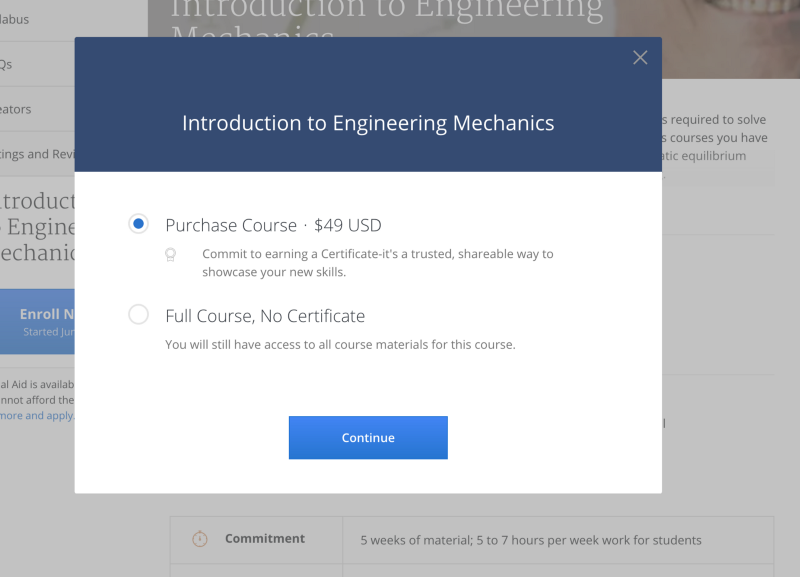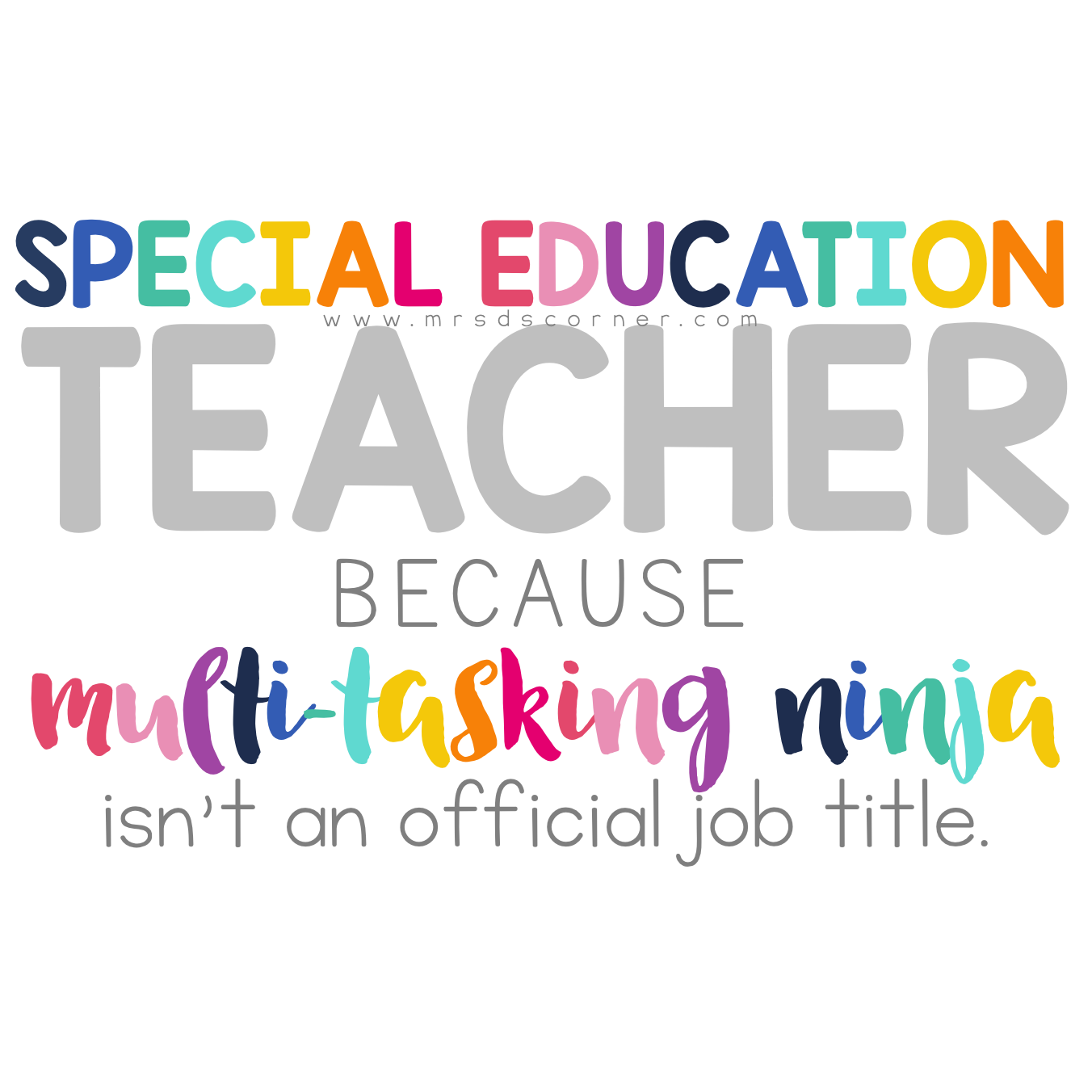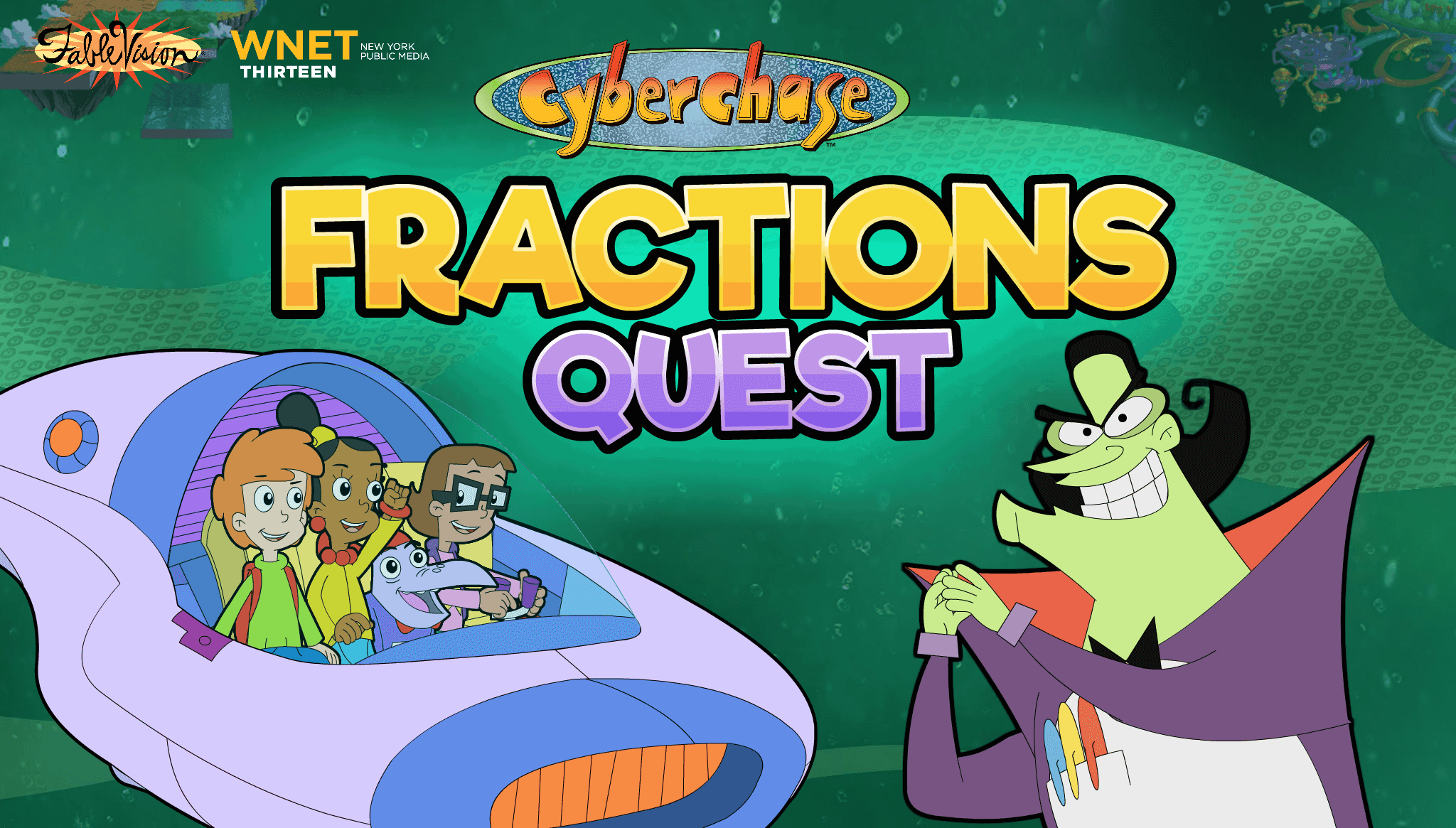
Green River College in Auburn, Washington is a community college. It has around 10,000 students. It offers associate's degrees mostly, but has limited options for bachelor's. The average annual salary of students who graduate from this college is $38,100. It is located in Auburn and Tacoma. This article covers Green River College's academic programs, location information, and student resources. Continue reading to learn even more. We hope that you find this article useful.
Student loan default rate is 14.1%
Green River College offered a loan program to 824 students in 2016. 12.3% of those enrolled in a loan program fell behind. The official student loan default rate, which is set by the government, measures how many students have failed to make at least one payment within three years of graduation. This rate does NOT include parent PLUS loans which are often included with financial aid packages. It is important that you note that this rate is only for federally backed loans. Private lenders are not included in the calculation. The school's financial viability for students is evident, which could be addressed by its administrators.
GRC's default rates are higher than the national standard of 10.1%. The school enrolls around 7,493 students. It has 4,760 full-time undergraduates as well as 2,733 part–time. The ratio of males and females is 51 to 50. The student population at Green River College is composed of students from eleven different states. The student loan default rate is a reflection of the educational quality of the school and the affordability of the program.

Graduating seniors make $38,100 each year
Graduates from Green River College make $38,100 a year on average. That's a higher income than the national average for a college graduate, but the percentage is higher than that. Green River College students are eligible for low student loan default rates, which is in addition to their high starting salary. Students may either graduate according to the current catalog, or petition a degree committee with documentation that they have continued enrollment. Graduates can also graduate at any stage of their program.
Graduates of Green River College are paid well. Green River College boasts 50% of full-time faculty. This is comparable to the national average of 47%. In 2017, the college had 7,493 undergraduates. 4,760 of those students were full-time, while 2,733 were part time. Green River College costs depend on students' financial situation. The average student makes $38,100 each year.
Green River College - Locations
The Auburn campus at Green River College can be found 45 minutes south from Seattle, Washington. It houses approximately 77,000 people. The college is three hours drive from Vancouver, Washington. Two hours away is the Pacific Ocean. Many students choose to live in Auburn because of the many recreational options that are close by. It's easy for students and their families to commute from Auburn to Seattle, Tacoma, or Tacoma.
Green River College's academic programs can be adapted to suit students' needs. Students have the option of attending a class on the Seattle campus, or at one of the branch locations in Southeast King County. Students can take preparatory or technology courses, as well as take tests for industry certifications. Green River College is able to help students get a GED or a certificate from an industry accredited program. Additionally, many employers offer educational programs at their workplaces.

Resources available to students
Students have many resources at the college. The Progress & Completion Center was created in collaboration between the college & the United Way of King County. The center offers resources for students, and is free to use for students. Support can also be found through the academic advisors or counselors. The college hosts a variety of events throughout the year to recognize the hard work of students. The college has many resources that can help you find financial aid and learn more about college life.
FAQ
What is a vocational school?
Vocational school programs are designed to prepare individuals for specific jobs. They might also offer general education courses or training in the skills that employers require.
Vocational education is an essential part of our society as it helps young people acquire the skills necessary to succeed in their lives. It provides students with high-quality learning experiences.
The vocational school offers a wide range of options to its students. These include certificates, diplomas and degrees, as well as apprenticeships and certificates. Vocational schools teach academic and practical subjects, such as math, science, English, social studies, art, music, physical education, computer technology, business, health care, and others.
What is a trade school?
People who are not able to succeed at traditional higher education institutions can earn a degree through trade schools. These schools offer career-focused programs that prepare students for specific jobs. These programs require students to complete two years of coursework in one semester. After that, they enter a paid apprenticeship program in which they acquire a job skill and get on-the-job training. Trade schools include vocational schools, technical colleges, community colleges, junior colleges, and universities. Some trade schools offer associate degrees.
What is the difference between college or school?
Schools are often divided into classes or grades, with one teacher teaching a class of students. Colleges are bigger organizations that offer more specialized courses and may include university-level courses. Schools usually focus on basic subjects while colleges may offer a variety of subjects including arts, science, languages, business, etc. The curriculum at both levels is intended to prepare students to study at higher levels.
What are some ways to get scholarships?
To help pay college expenses, scholarships are grants. There are many types to choose from. These are:
-
Federal Grants
-
State Grants
-
Student Loans
-
Work Study Programs
-
Financial Aid
Federal grants are directly issued by the U.S. government. Federal grants generally require that applicants meet certain criteria. You must, for example, demonstrate financial need.
Individual states offer state grants. State grants can be offered by each state based upon financial need, while others are given for specific purposes.
Student loans are issued by banks and other lending institutions. Students are often able to borrow money for expenses such as tuition or living expenses.
Employers can use work-study programmes to attract qualified students. Employers must pay workers at least minimum wage.
Financial aid allows low-income families to afford college by paying for all or part of their tuition costs.
What is the difference between public and private schools?
All students can attend the public school for no cost. They offer education for kindergarten through high school. Tuition fees for private schools are payable by each student. They offer education from preschool until college.
Charter schools, which are private but publicly funded, are also available. Charter schools don't follow traditional curricula. Charter schools allow their students to explore what interests them.
Charter schools are a popular choice for parents who believe all children should have access and quality education regardless their financial situation.
Is it difficult to become a teacher?
You must be a teacher. You will need to give a significant amount time to your studies.
You should expect to work around 40 hours per week while pursuing your degree.
Also, it is important to find a job you can do. Many students report difficulty finding part-time jobs that work around their school schedules.
If you get a permanent job, you'll likely be teaching classes during the workday. You may be required to travel across the country to teach classes during the week.
Statistics
- Think of the rhetorical power of nineteenth-century abolitionist Harriet Beecher Stowe, Martin Luther King, Jr., or Occupy Wall Street activists with their rallying cry of “we are the 99 percent.” (bostonreview.net)
- In most developed countries, a high proportion of the population (up to 50%) now enters higher education at some time in their lives. (en.wikipedia.org)
- These institutions can vary according to different contexts.[83] (en.wikipedia.org)
- And, within ten years of graduation, 44.1 percent of 1993 humanities graduates had written to public officials, compared to 30.1 percent of STEM majors. (bostonreview.net)
- They are also 25% more likely to graduate from high school and have higher math and reading scores, with fewer behavioral problems,” according to research at the University of Tennessee. (habitatbroward.org)
External Links
How To
Where can I go to be a teacher?
Teaching jobs are available in public elementary schools, private elementary schools, public middle schools, private middle schools, public secondary schools, private secondary schools, charter schools, private and parochial (Catholic) schools, public and private (non-religious) daycare centers, and other settings.
A bachelor's degree is required to become a teacher.
-
A university or college that is four-years in length
-
An associate degree program
-
Some community college programs are two-years long
-
The combination of these types of programs
Candidates must fulfill state requirements to be eligible for teaching certification. These include passing standardized test and having a probationary period.
Most states require candidates to pass a test called the Praxis II. This test measures the candidate’s knowledge in reading, writing mathematics, and language arts.
Many states require that candidates obtain a specialized license in order to be certified to teach.
These licenses are issued by the states' boards of education.
Some states grant licenses with no additional testing. These cases require that the applicant contact the state board of education to confirm if the license is granted.
Some states don’t issue licenses until the applicant has completed a master’s degree program.
In some states, individuals can apply directly to the state education board for licensure.
Licenses vary widely in terms of cost, duration, and required coursework.
One example is that some states only require high school diplomas, while others require bachelor's degrees.
Some states require training in specific areas, such as literacy or child development.
Some states require that candidates receive a master's degree before becoming licensed.
Many states ask teachers who are applying for certification about their employment history.
You may want to mention that you have been employed in another occupation on your application.
However, states are more than willing to accept previous work experience, regardless of the type of job.
It is possible to list your prior job title, position, as well as years of service.
These information are often useful to potential employers.
This shows that you have the relevant skills and experience.
While working, you may have learned new skills and acquired valuable work experience.
Your resume can show this to future employers.